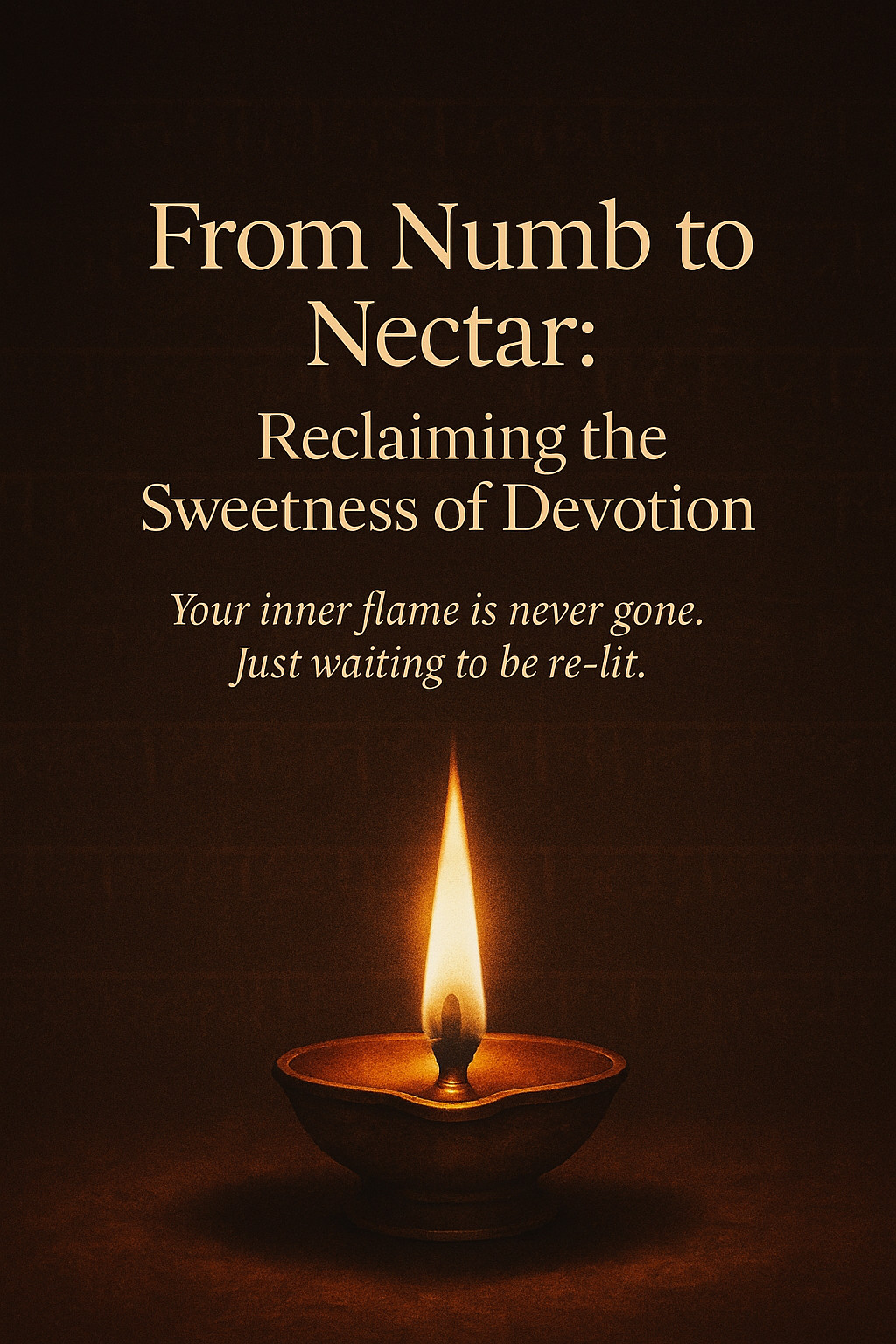The human brain is one of the most complex systems in the known universe—and among its many fascinating parts, the mid-cingulate cortex (MCC) is gaining attention for its powerful role in our ability to choose, focus, act, and even feel.
But what exactly is the mid-cingulate cortex, and why should we care?
Let’s explore.
🧠 What Is the Mid-Cingulate Cortex?
The cingulate cortex is a C-shaped structure that lies deep in the brain, wrapping around the corpus callosum. It’s divided into regions—anterior, mid, and posterior—each with unique functions.
The mid-cingulate cortex (MCC) sits right in the middle, and it plays a vital role in:
- Decision-making
- Response selection
- Effort-based behavior
- Emotional regulation
- Pain processing (especially how we react to pain)
It acts like a bridge between cognition and action, between thought and behavior. When we say “mind over matter,” the MCC is often involved.
🧭 Choice and Willpower Live Here
One of the most fascinating aspects of the MCC is how it helps us make choices in the face of challenge. Whether you're choosing to stay in a difficult yoga pose, deciding whether to speak up in a meeting, or committing to a morning practice instead of hitting snooze—your mid-cingulate cortex is active.
It evaluates effort versus reward, helping you assess: Is this worth it?
It’s not just about logic; it’s about felt decision-making, where body, emotion, and mind intersect.
It’s not just about logic; it’s about felt decision-making, where body, emotion, and mind intersect.
🔥 The MCC and Pain: Not Just What You Feel, But How You Respond
Interestingly, the MCC doesn’t just register pain—it processes how we respond to it. It’s involved in motivated behavior under stress.
That’s why it's often activated in:
- Athletes pushing through fatigue
- Meditators staying with discomfort
- Soldiers in training
- Everyday people choosing to face emotional or physical hardship with grit
In other words, this part of your brain supports resilience.
🌿 The Spiritual and Energetic Perspective
In yogic and meditative traditions, the space governed by the MCC corresponds with the Ajna chakra (third eye), but also energetically with the upper heart—where intention meets courage.
You might say the MCC is the neurological seat of inner discipline.
When you make conscious choices, show up despite resistance, or take aligned action, you strengthen the neural circuits of the MCC—creating more capacity for self-mastery.
💡 Training the Mid-Cingulate Cortex
You can train and nourish your MCC through:
- Kundalini Yoga & Meditation (especially breath-based or focused gaze practices)
- Mindfulness practices that develop awareness and impulse control
- Cold exposure, fasting, or other hormetic challenges that require effortful endurance
- Goal setting and following through, even in micro ways
- Self-reflection practices, like journaling or internal inquiry
In Summary
The mid-cingulate cortex is the part of your brain that helps you move from intention to action. It evaluates choices, measures effort, and governs your response to stress or discomfort.
It’s the brain’s inner warrior, quietly working behind the scenes every time you choose growth over comfort.
So the next time you feel resistance and still choose to show up—know that you're not just practicing willpower.
You're rewiring your brain. You're expanding your capacity.
You're honoring the sacred space of the mid-cingulate cortex.
You're rewiring your brain. You're expanding your capacity.
You're honoring the sacred space of the mid-cingulate cortex.


0 Comments